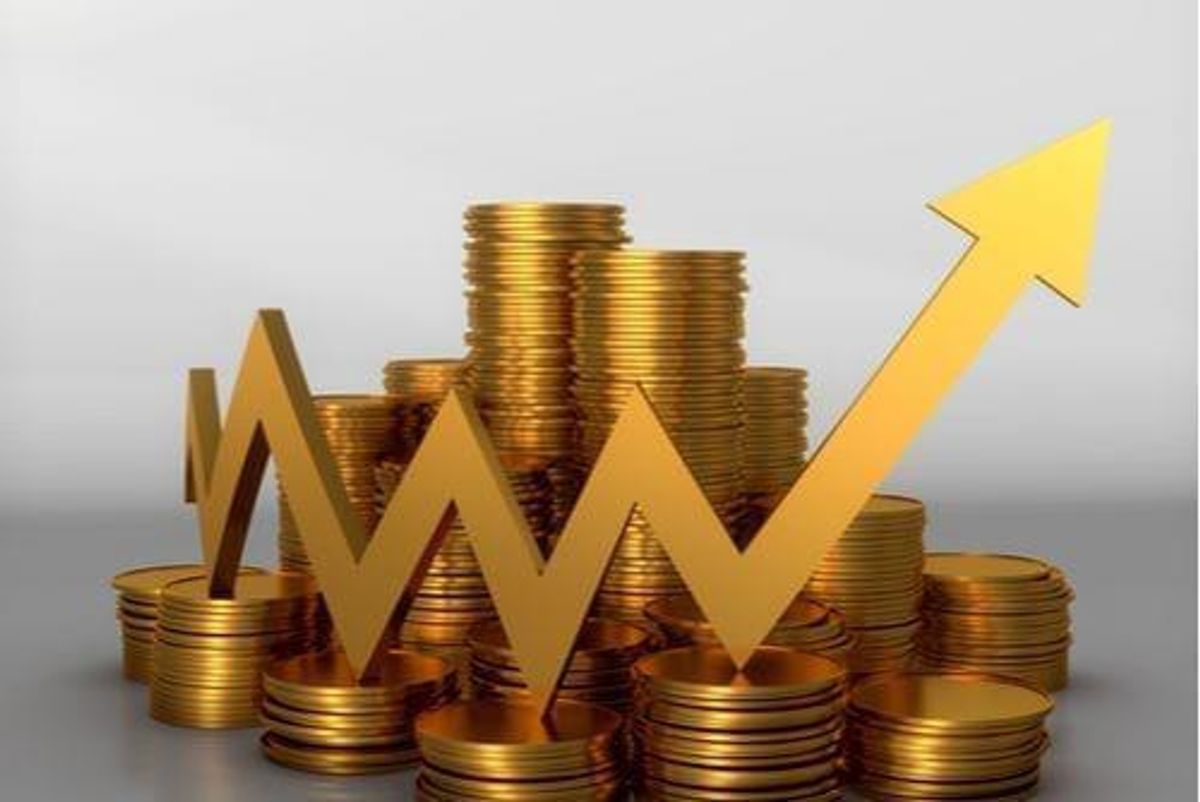Jeffrey Christian: Don’t Worry About Gold, There’s Plenty to Go Around

As investors turn to precious metals, there has been an uptick in investor demand, reversing years of steady declines in both the physical gold and silver sectors.
Speaking at the Denver Gold Group’s virtual World Gold Forum, Jeffrey Christian of CPM Group explained that there are ample stores of the yellow metal despite what some analysts say.
With physical gold demand on the rise due to COVID-19, concerns that the COMEX in New York would be unable to deliver on futures contracts were front and center in mid-March.
But Christian reassured listeners that there’s no reason to worry.
“Over the last two years you have seen historically low levels of gold and silver investment demand,” said the head of CPM Group. “A lot of investors have actually been selling their gold and silver — when they sell, it goes into spot physical metal in the London and Zurich markets.”
As a result, there is more gold in London and Swiss vaults now than ever before, according to Christian, as well as a tremendous supply in US vaults.
“There is plenty of gold around,” he said. However, the COMEX has experienced “very large short positions” as traders hedge physical purchases made in London with COMEX futures; futures prices are then driven higher when contracts are rolled forward.
“You’ve seen a lot of banks that are active as market makers in gold buying physical gold in London, paying full price … then storing the metal in London,” said Christian. “Then turning around and hedging that with a short position on the COMEX futures market.”
Of that 51 million ounces of April open interest on the COMEX at the beginning of March, 35 million ounces were rolled forward to the June contract. “You should expect to see … volatility again in May as we approach the June contract,” he said.
“And you see a fair bit of open interest that’s rolled all the way into August. So this is going to continue for a long while — it’s going to continue for as long as the financial markets and global economy are constrained by the realities brought on by the coronavirus.”
Gold investment demand rising, reversing steep fall
As investors turn to gold for its ability to retain value, there has been an uptick in investor demand, reversing years of steady declines in both the physical gold and silver sectors.
Between 2012 and 2018, there was a 90 percent decrease in physical purchases of silver and a 75 percent drop for gold. That has resulted in a variety of financial constraints for wholesalers and retailers.
“Their business has been off, their margins have been terrible and they have been financially constrained,” he said. “That was the situation we saw in 2019 and the first two months of 2020.”
That trend was upended in March, as COVID-19 laid waste to overall market gains and drove prices for the sister metals higher, although there was a period when gold and silver prices fell lower as investors sold off commodities to bolster cash holdings.
In the weeks since then both metals have edged higher, with gold outpacing silver significantly.
Looking ahead, a number of factors that are good for gold, but negative for the world, are likely to play out, driving the price of the currency metal higher. Those include US political risk, a decline in equity markets and the US housing market, trade wars, the deterioration of Chinese, EU and US economic data and the continued fallout of the global pandemic.
These factors have led the CPM Group to forecast a monumental recessionary period now comparable to the Great Depression, followed by a less impactful recession again from 2023 to 2025.
Stop waiting for gold to rise — it already has
While some investors continue to await gold’s rise, Christian pointed out that the yellow metal has already moved back into record territory, unseen since 2011, calling it a stealth bull market.
“Our estimate is that the average might be US$1,640 to US$1,650,” he said. “That compares to an annual average of US$1,670 at its peak in 2012.”
A barometer of price growth is the level of investment demand.
“When investors are buying fewer that 20 million ounces (annually) the gold price tends to be weak,” said Christian. “And when they are buying more than 20 million ounces the gold price tends to strengthen.”
Investment demand is projected to climb beyond initial targets in 2020 due to the market dislocation COVID-19 is bringing, and because of increased investor appetite for safe haven assets.
Another potential catalyst could be central banks continuing to buy gold as a portfolio diversifier; however, purchases this year could be lower as banks shift money to other uses.
Platinum tailwinds to become palladium headwinds
Christian also briefly touched on the platinum-group metals space, noting that the long-term surplus for platinum is set to cease, ending a more than decade-long bear market.
“Our expectation is that those surpluses continue for this year and the next couple of years, confounded by the recessionary conditions in the auto industry and other platinum-using industries, but by 2024 to 2025 you may begin to see a period of large and persistent deficits.”
That means the price may rise sharply, but won’t do so for another five years.
On the other hand, the palladium market has been extremely tight in recent years, as reflected in its record high prices.
Due to prolonged high prices, Christian foresees surpluses in the sector due to recessions, as well as substitutions in the autocatalyst sector, where palladium is used to reduce vehicle emissions.
He expects automakers to go back to a tri-metallic composition, reducing the amount of palladium used, increasing the amount of platinum and then supplementing with rhodium.
Don’t forget to follow us @INN_Resource for real-time updates!
Securities Disclosure: I, Georgia Williams, hold no direct investment interest in any company mentioned in this article.




